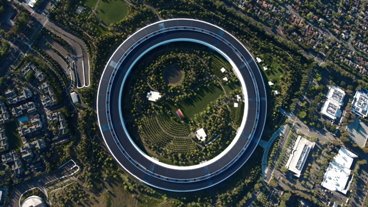Apple's Wide Color screen on the iPhone 7 will lead to more faithful color reproduction
Apple has implemented many different changes to graphics presentation over the years, but none may be more dramatic and have a more lasting impact than the ongoing shift from older technologies to the new Wide Color standard as found in the iPhone 7 family.
Wide Color, as found most recently on the iPhone 7 family, is Apple's name for the DCI-P3 color space. DCI-P3 was designed as a standard for digital movie projection for American film industry.
Most displays use the older "standard RGB" (sRGB) with a narrower color space — all of the iPhones prior to the iPhone 7 use sRGB.
Many still cameras have been storing the wider color range possible with DCI-P3, and have just not been displaying all the information possible on conventional displays.
Bringing Wide Color to iOS involved creating new software support for advanced color management in iOS, while implementing backward compatibility at the same time to ensure older apps still function. Additionally, on top of all that, new frameworks needed to be implemented for developers to be able to use the new Wide Color standard.
The above image was developed by Apple's WebKit team and utilizes the DCI-P3 Wide Color Gamut. Users on conventional displays, including all non P3 Macs, see an orange square. For users on a monitor or display that supports the DCI-P3 Wide Color Gamut, a circular logo is visible.
First seen in the iMac 5k, Apple implemented Wide Color in the 9.7-inch iPad Pro with the True Tone display, and now with both models of the iPhone 7. While the iPhone 7 screen is a Wide Color display, it is not a True Tone display with automatic white point alteration in response to the ambient lighting situation.
How much better is Wide Color than sRBG?
This is difficult to demonstrate on most monitors that don't support Wide Color. However, a standard representation exists depicting the limits of human vision, and the subset of color reproducible on a display can be outlined on that.
In the above image, the colored region represents the outer limits of perception in a human's color vision. The black triangle represents sRGB's limits of presentation.
In contrast, the DCI-P3 standard, and the Wide Color implementation, has a larger area underneath the triangle, representing the greater array of displayable color possible.
Practically, this means that a fall foliage photo will be more uniform, with less color banding and other digital approximation artifacts introduced into the picture when captured on devices all capable of the DCI-P3 color range.
When 4k video is more common, a Wide Color display will be able to faithfully display it. The 4K ultra-HD specification requires devices to display at least 90 percent of the DCI-P3 color range.
 Mike Wuerthele
Mike Wuerthele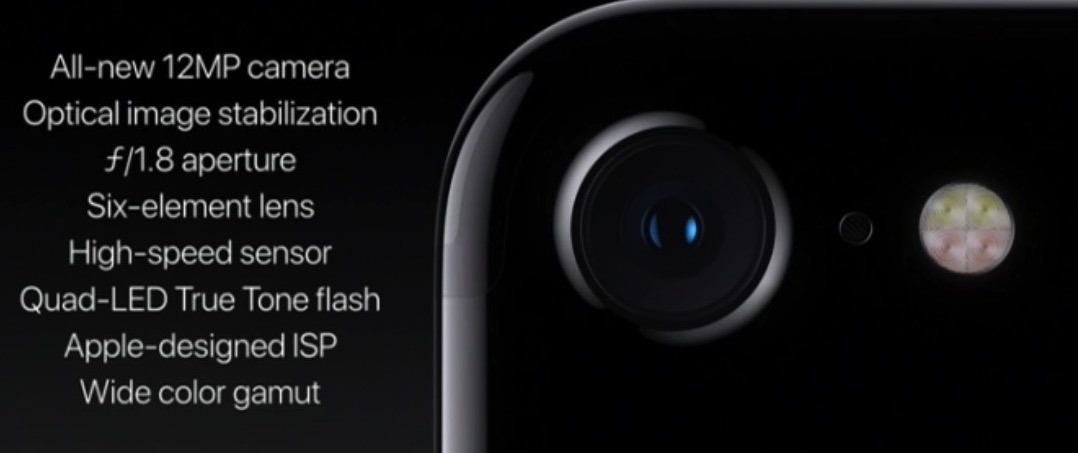

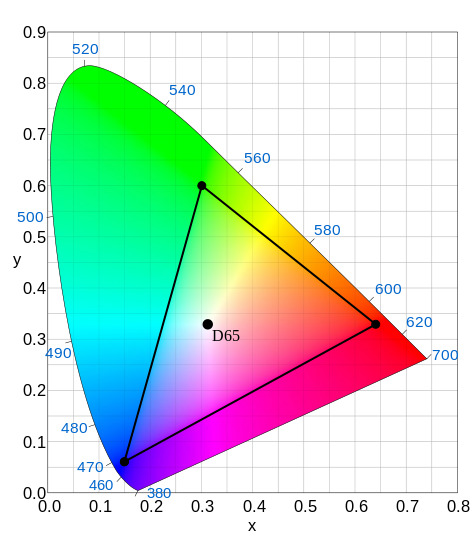
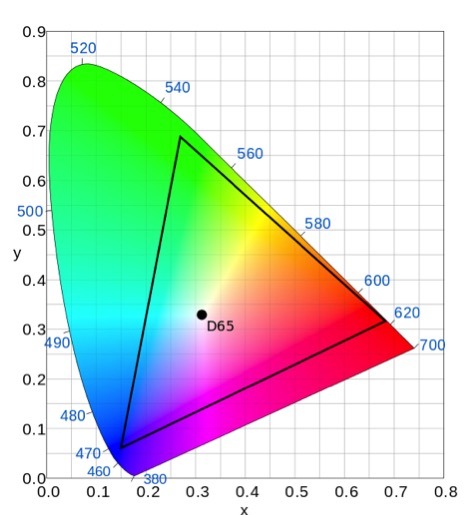


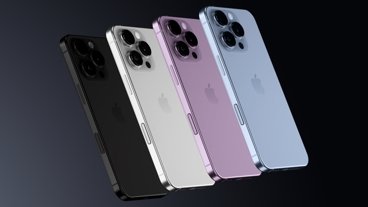
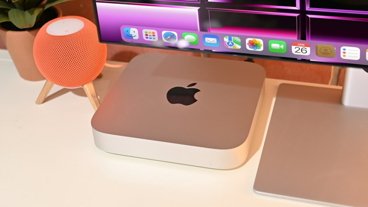







 Andrew Orr
Andrew Orr
 Marko Zivkovic
Marko Zivkovic
 Malcolm Owen
Malcolm Owen
 Christine McKee
Christine McKee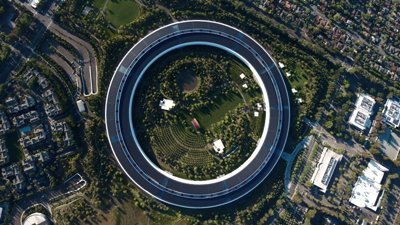
 William Gallagher
William Gallagher
 Andrew O'Hara
Andrew O'Hara

 Sponsored Content
Sponsored Content
